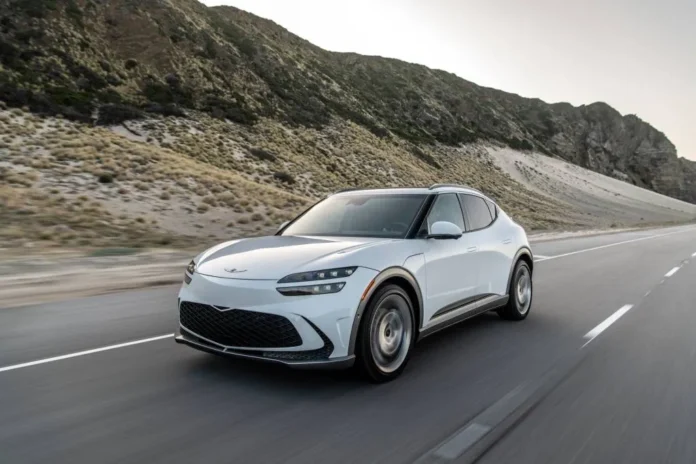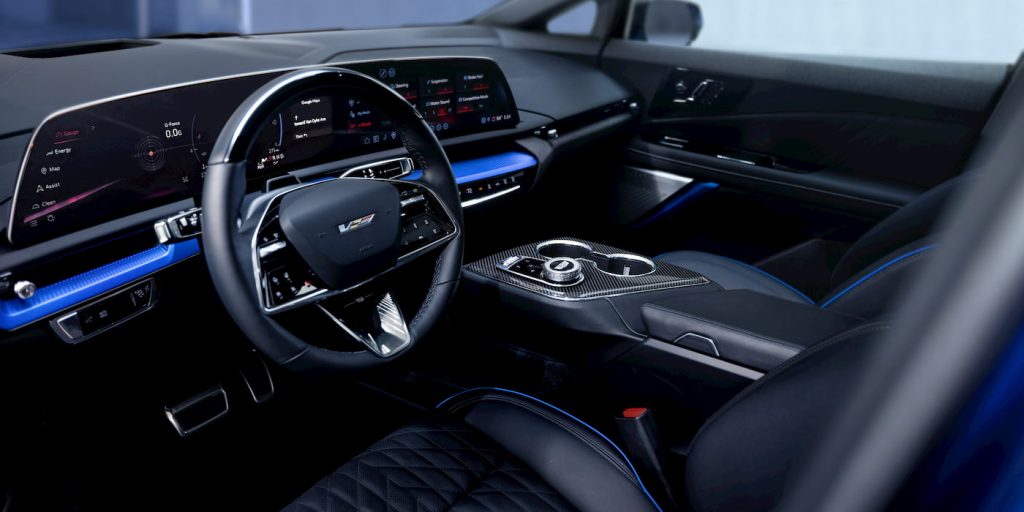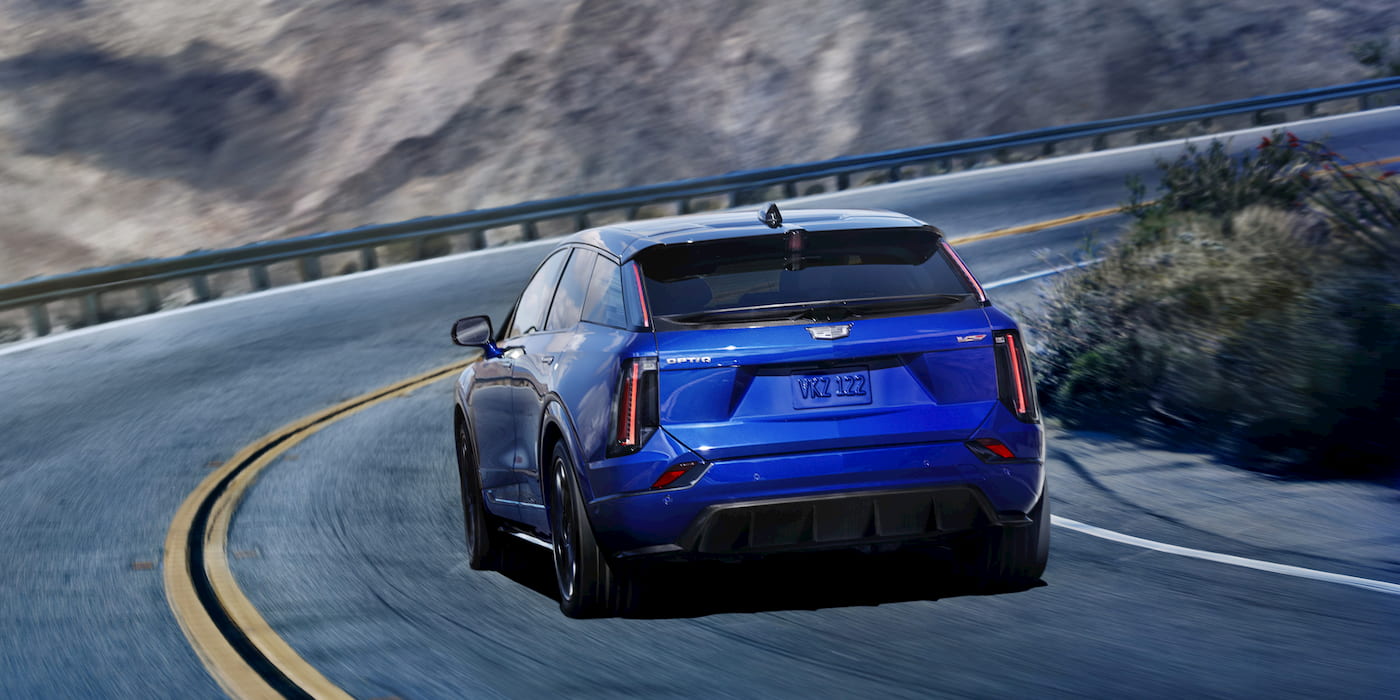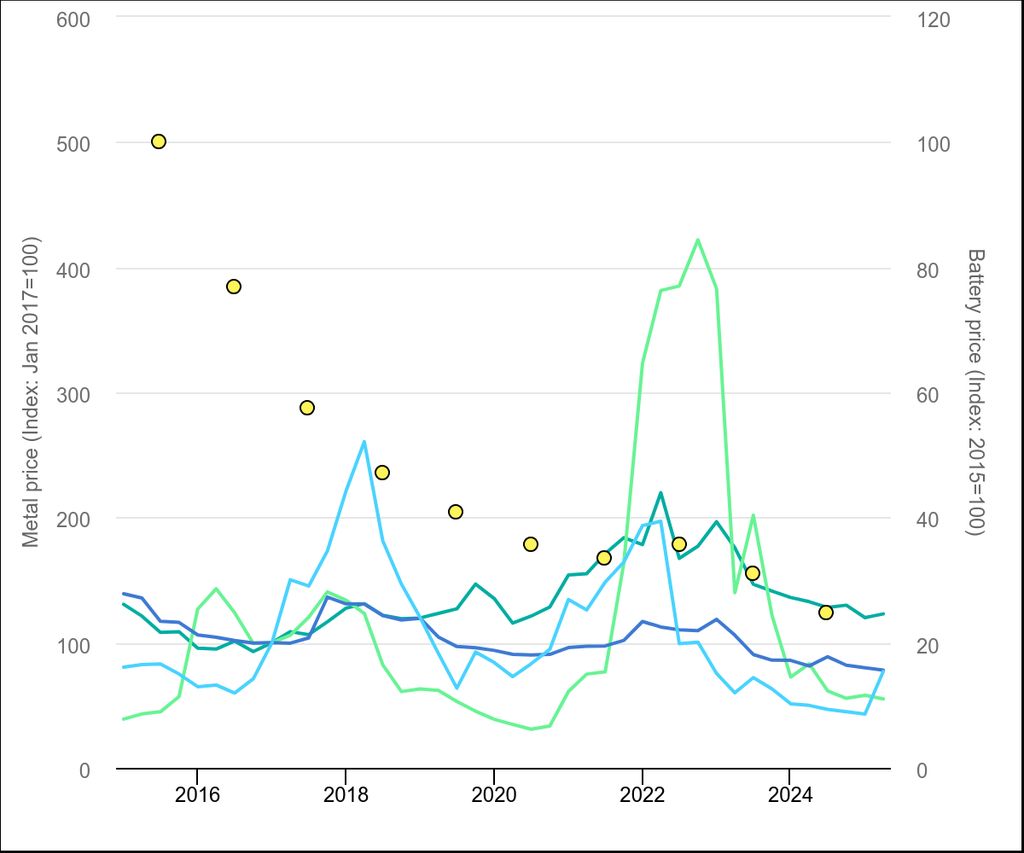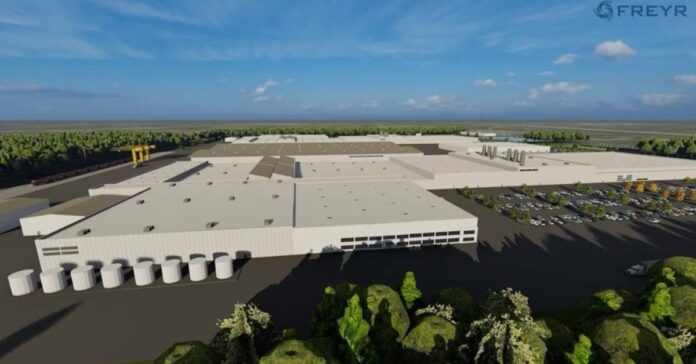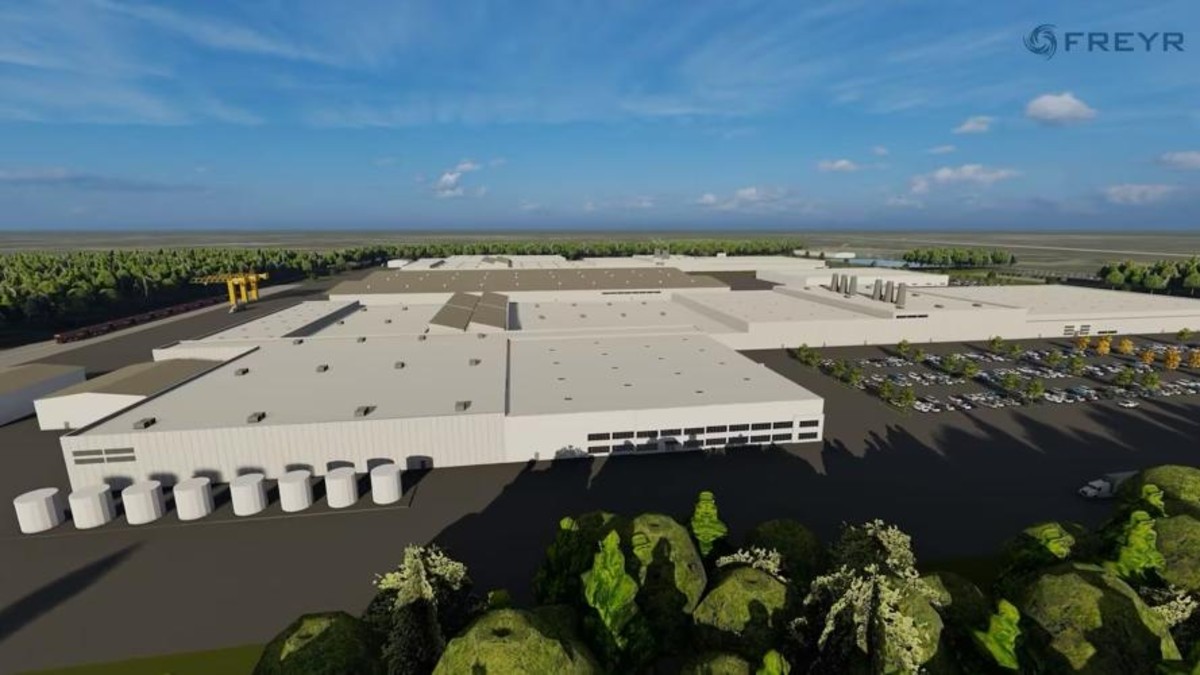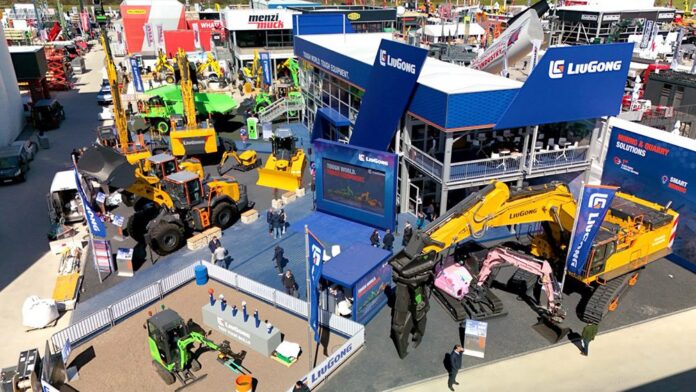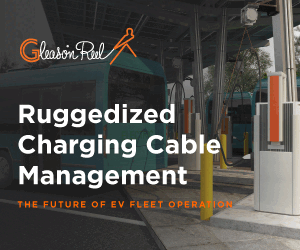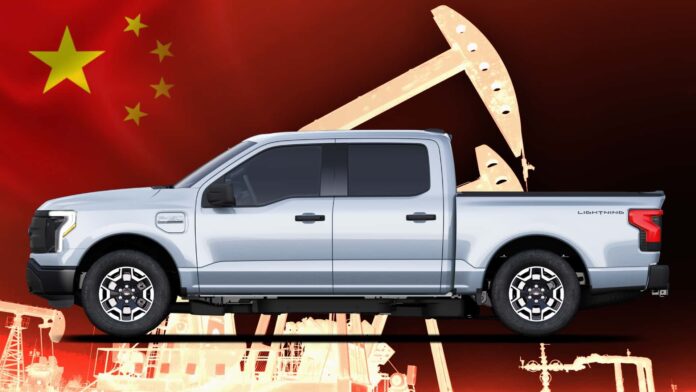
Allison Transmission has announced a definitive agreement to acquire Dana’s Off-Highway business for approximately $2.7 billion. The acquisition, anticipated to close late in the fourth quarter of 2025 pending regulatory approvals, aims to expand Allison’s existing powertrain and electrification product lines, significantly enhancing capabilities in hybrid and electric drivetrain systems for commercial and industrial applications.
Dana’s Off-Highway business develops drivetrain, propulsion and electrified solutions, serving customers across construction, agriculture, forestry, specialty vehicles, aftermarket, industrial, and mining industries. The division operates in over 25 countries, employs approximately 11,000 individuals, and is recognized for its hybrid and electric drive technologies, including axles, drivetrain components and custom propulsion solutions.
According to Allison, the acquired business is expected to generate annual run-rate synergies of approximately $120 million and to be immediately accretive to diluted earnings per share. Allison plans to finance the acquisition through a combination of cash on hand and debt.
“Dana’s off-highway business has long been committed to delivering innovative solutions for off-highway applications, and we are confident that under Allison’s ownership, the team will be well-positioned to continue that legacy,” said R. Bruce McDonald, Dana Chair and CEO. “This agreement represents a strategic opportunity to ensure the ongoing success of the business, while allowing Dana to focus on our core priorities. We look forward to seeing the off-highway business thrive under Allison’s leadership.”

Following the integration, Allison intends to use its broader global presence and bolster its existing product portfolio, catering directly to evolving customer requirements in heavy-duty equipment markets, including electrification trends in commercial vehicles and industrial machinery.
Allison Transmission specializes in propulsion solutions for commercial, defense, and off-highway vehicles, including fully automatic transmissions and electrified systems for on-highway trucks, buses and construction equipment. Headquartered in Indianapolis, Indiana, the company has global manufacturing and electrification engineering centers supporting a range of emerging EV and hybrid applications.
Source: Allison Transmission
Source link by Charged EVs
Author Charged EVs
#Allison #Transmission #acquire #Danas #offhighway #business #expanding #hybrid #drivetrain #capabilities






